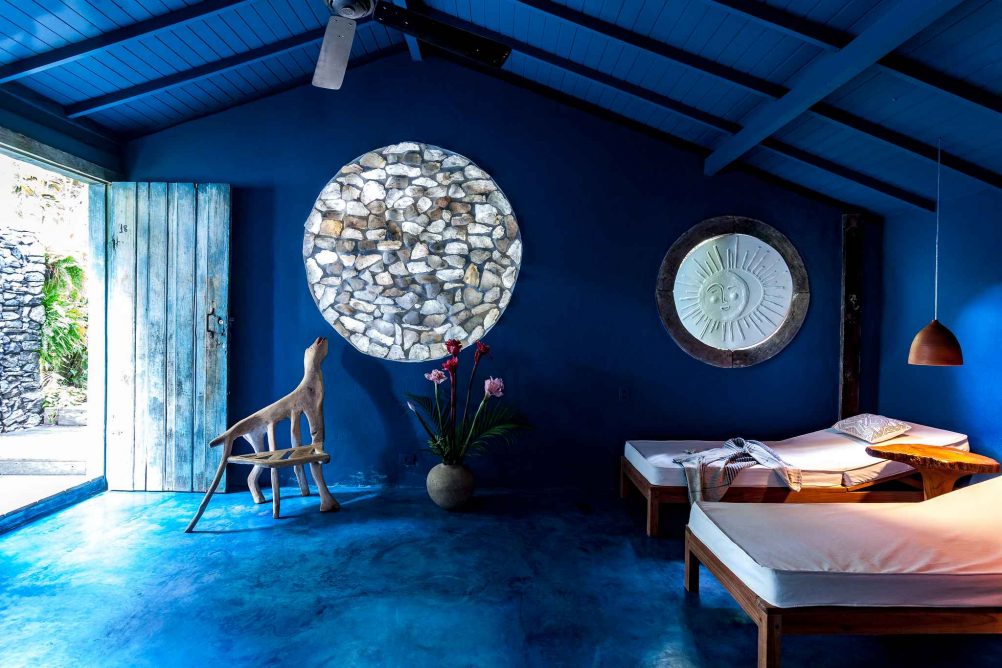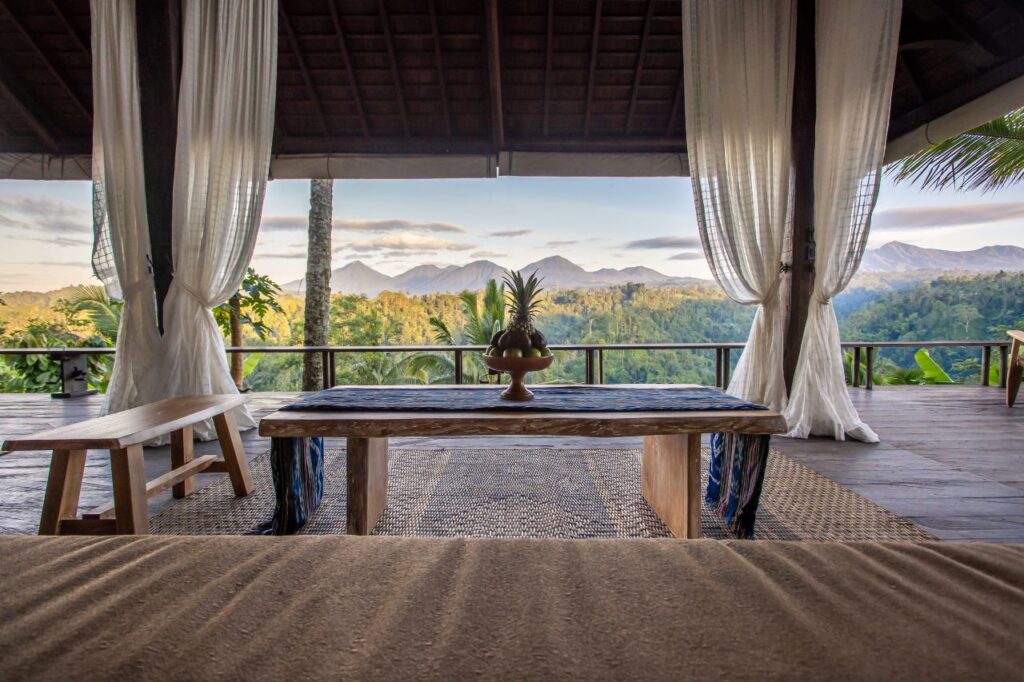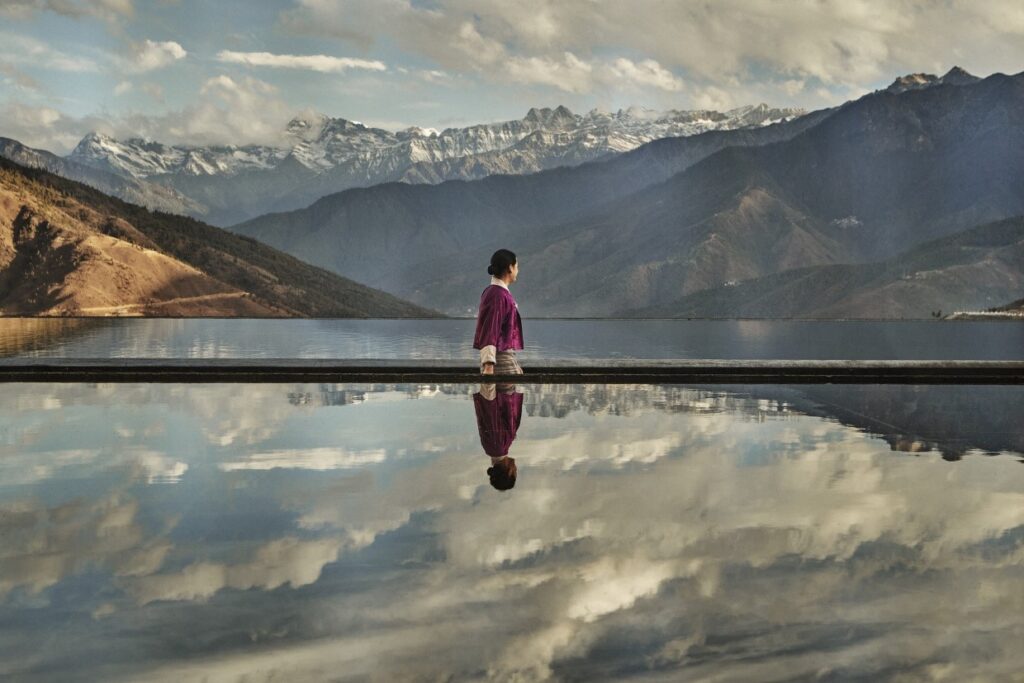Chill out at Brazil’s most unlikely beach resort
Uxua Casa Hotel offers high style in the middle of nowhere.
Words by Ute Junker
Photos supplied
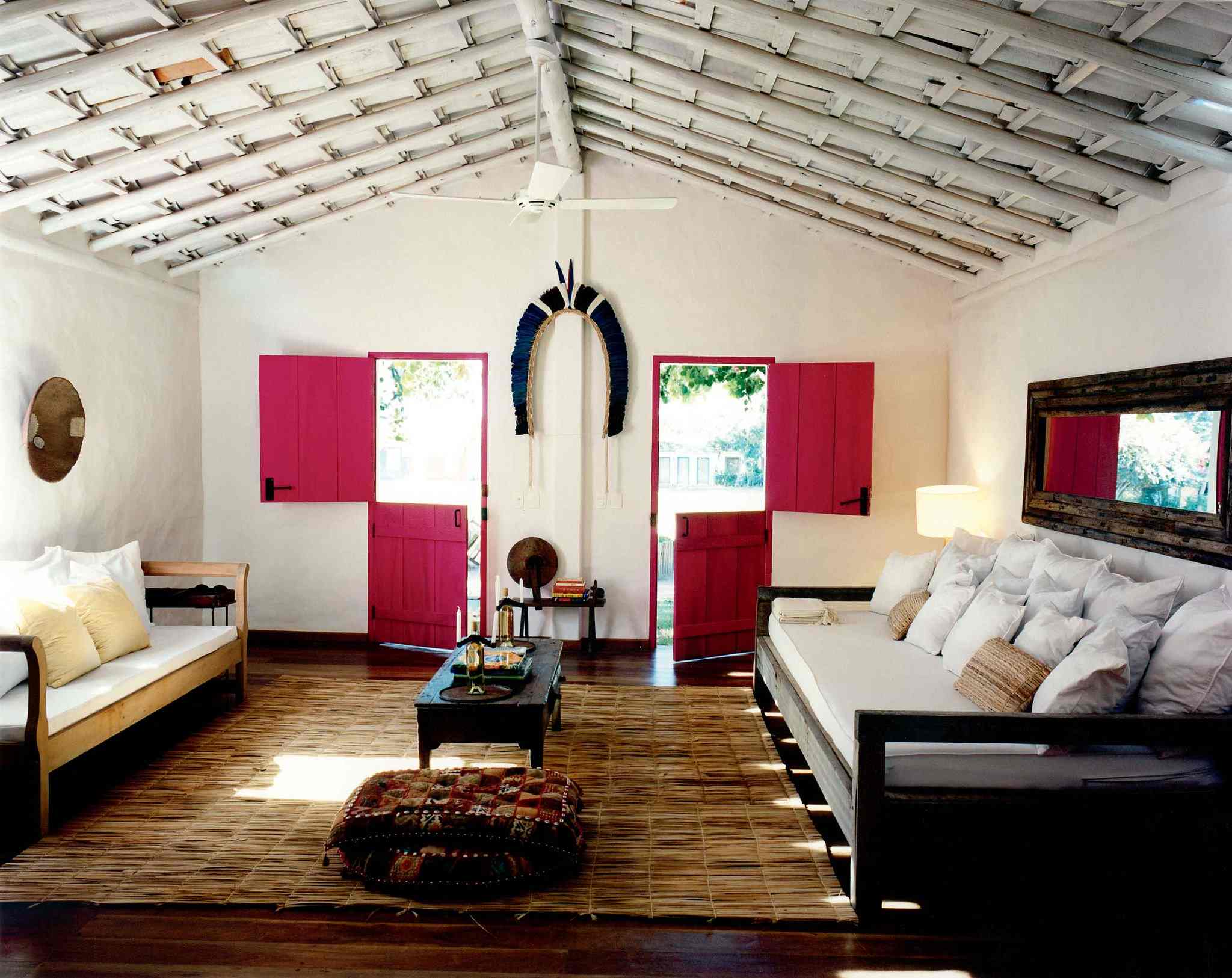
Trancoso is a town that sleeps late. For much of the day, nothing moves on the extended village green known as the Quadrado. At one end, a simple white church looks out to sea. On the rows of tiny, crayon-coloured fishing shacks that line either side of the Quadrado, wooden doors and windows are firmly bolted. A white mare grazing on the green, the only sign of life, suggests that Trancoso is the proverbial one-horse town.
Around 4pm, as the heat of the day starts to abate, the locals finally rouse themselves. Shutters are flung open, revealing those gaily-coloured shacks to contain boutiques, galleries, bars, restaurants. As afternoon turns into evening and barefoot children play soccer on the lawn, lanterns illuminate the centuries-old trees that shade the Quadrado’s fringes. Friends stroll in groups, occasionally settling in for a drink before strolling a bit further.
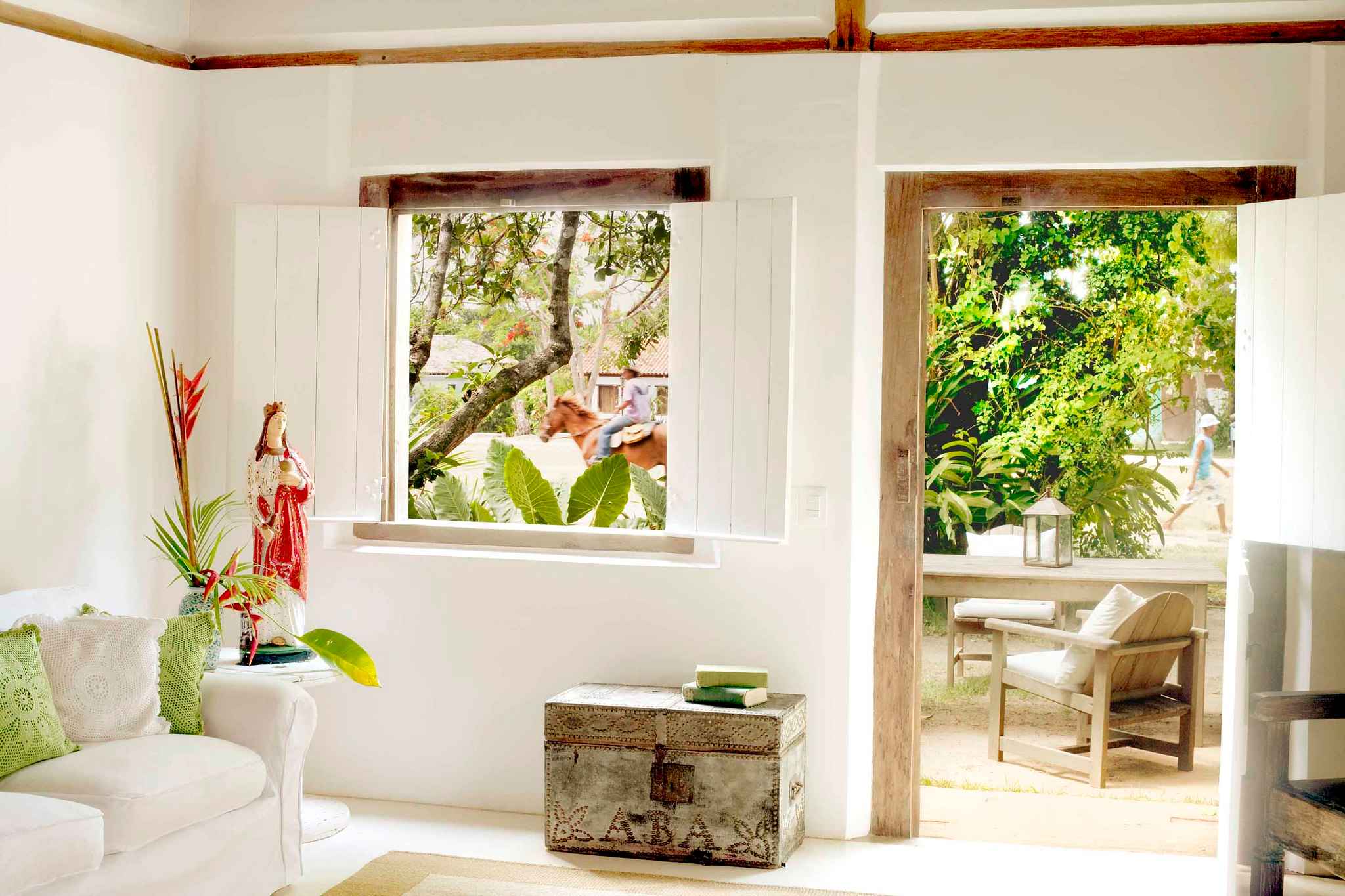
It’s an inviting scene, but perhaps not one that might be expected to draw the likes of Diane von Furstenberg and Naomi Campbell. Yet there is a reason that bold-face names love this remote stretch of the Brazilian coast, according to Wilbert Das.
Das, one-time creative director of Diesel, knows whereof he speaks. He fell for Trancoso so heavily, he moved there and opened a hotel, Uxua Casa Hotel & Spa. Das says it’s the lack of attractions that makes Trancoso so appealing.
“There’s nothing to do here. It’s not a place to show off, it’s a place to hide,” he says, adding that during her stay, Beyonce played football with the kids on the Quadrado. “It’s a place to go back to the basics: good food, real people, real smiles.”
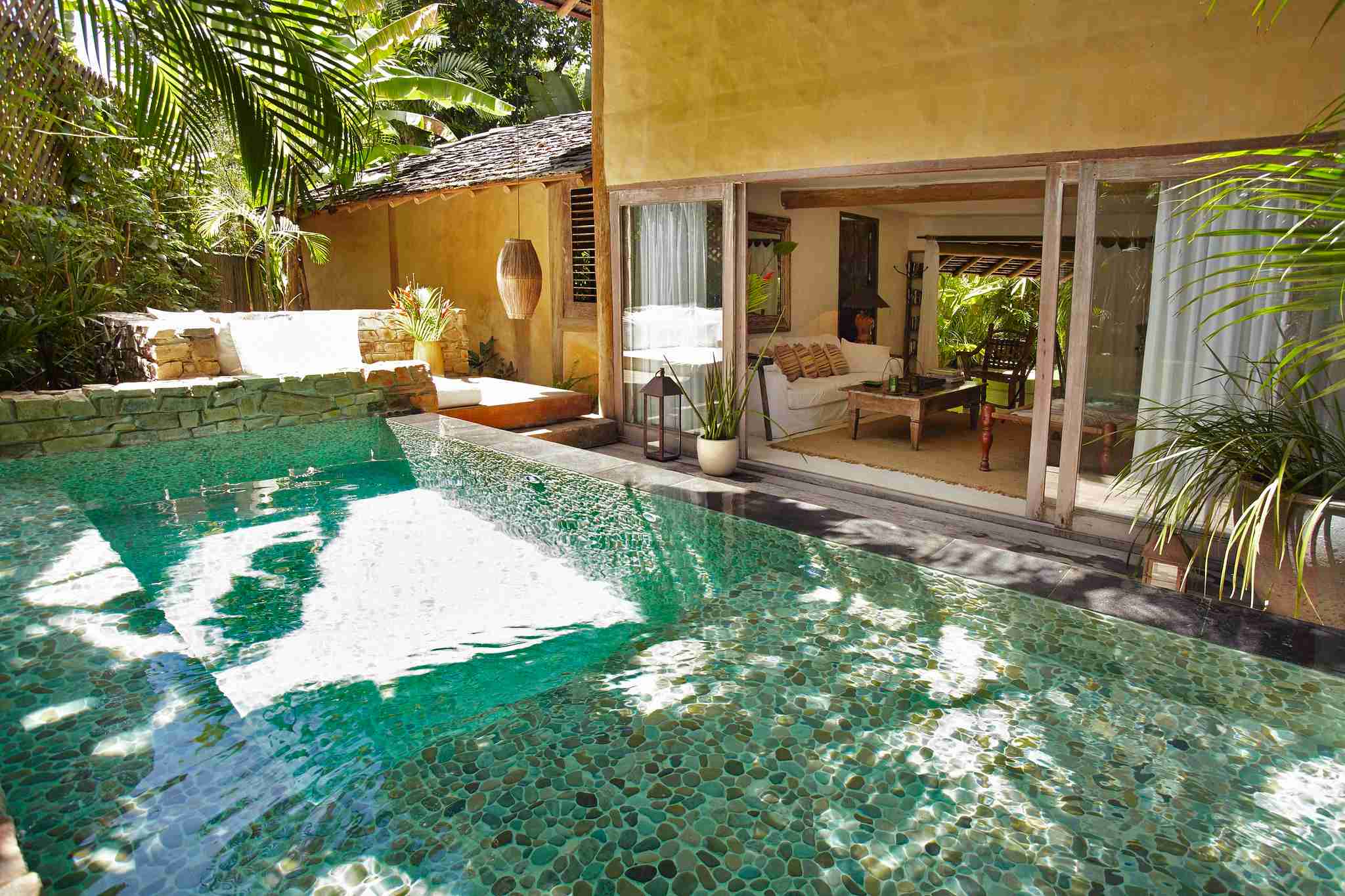
Das’ first holiday in Trancoso changed his life. “I didn’t want to leave: I was crying on the plane,” he recalls. Instead of renewing his contract with Diesel, Das bought a property in Trancoso, which he later converted into the town’s premier hotel.
Uxua is a collection of 10 sprawling villas in a garden setting right on the Quadrado. The individually-styled villas are designed for holing up; the hotel also has its own beach club on Nativos beach, complete with snacks and meals fresh from the grill.
Trancoso has a peculiar history. This stretch of the coast was one of the first places colonised by the Portuguese – that white coral church is the second oldest remaining church in Brazil – but for centuries Trancoso was one of the most isolated settlements in the country. Hemmed in on one side by the sea, on the other by dense forest, with no roads connecting them to other settlements, locals had almost no interaction with the outside world. There was no need for money: community members simply bartered amongst themselves.
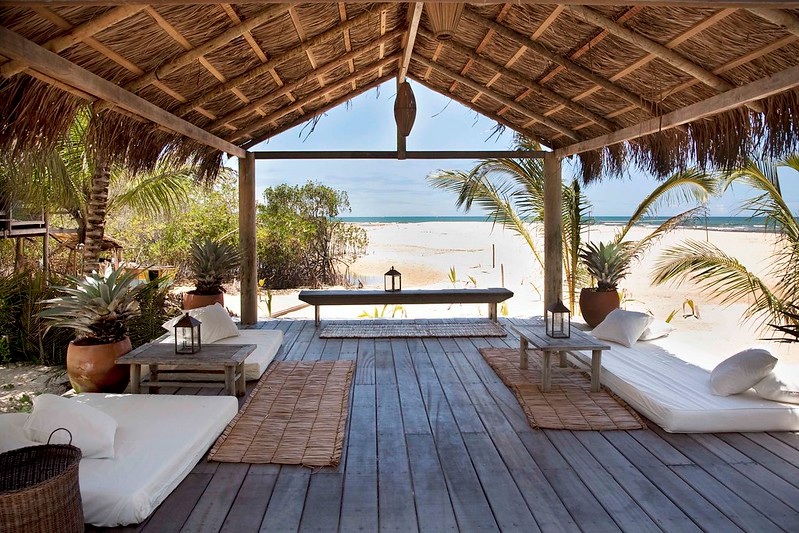
That changed when rich kids from Sao Paulo started coming up for weekends away from it all, followed by Brazil’s creative crowd. Roads were built, electricity was installed in 1982, a school followed a few years later.
Apart from the hectic summer season, when Sao Paulo’s hip crowd comes here for weeks of non-stop partying, Trancoso remains a quiet place. Thanks to the absence of street lights, the night’s black blanket is punctuated only by lanterns sparkling like fireflies, or the light that spills out of doorways. There’s not a whole lot to do, but that’s the point. A day at the beach, a stroll through the village, a few drinks at night. Rest and repeat.
